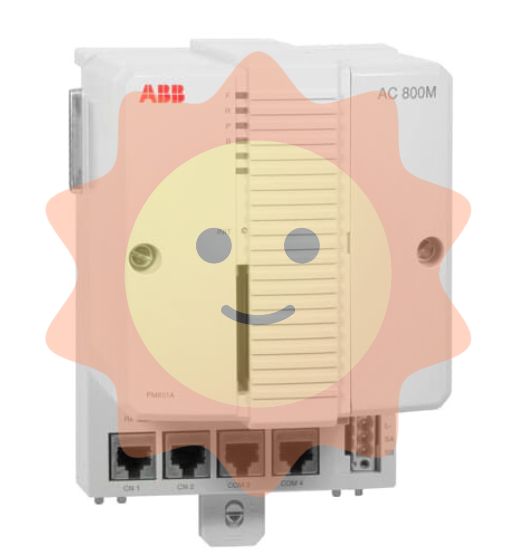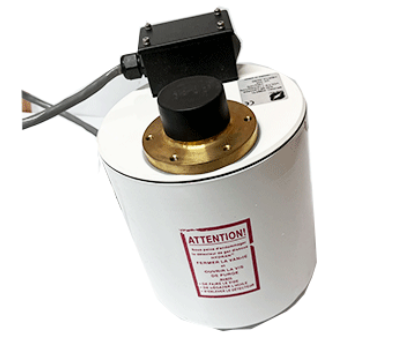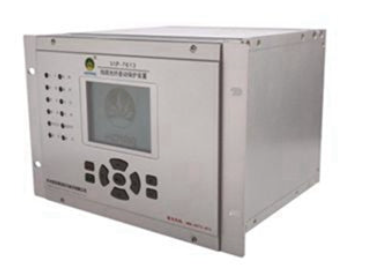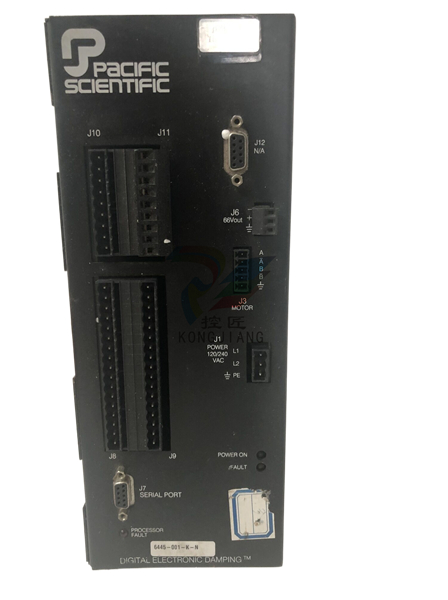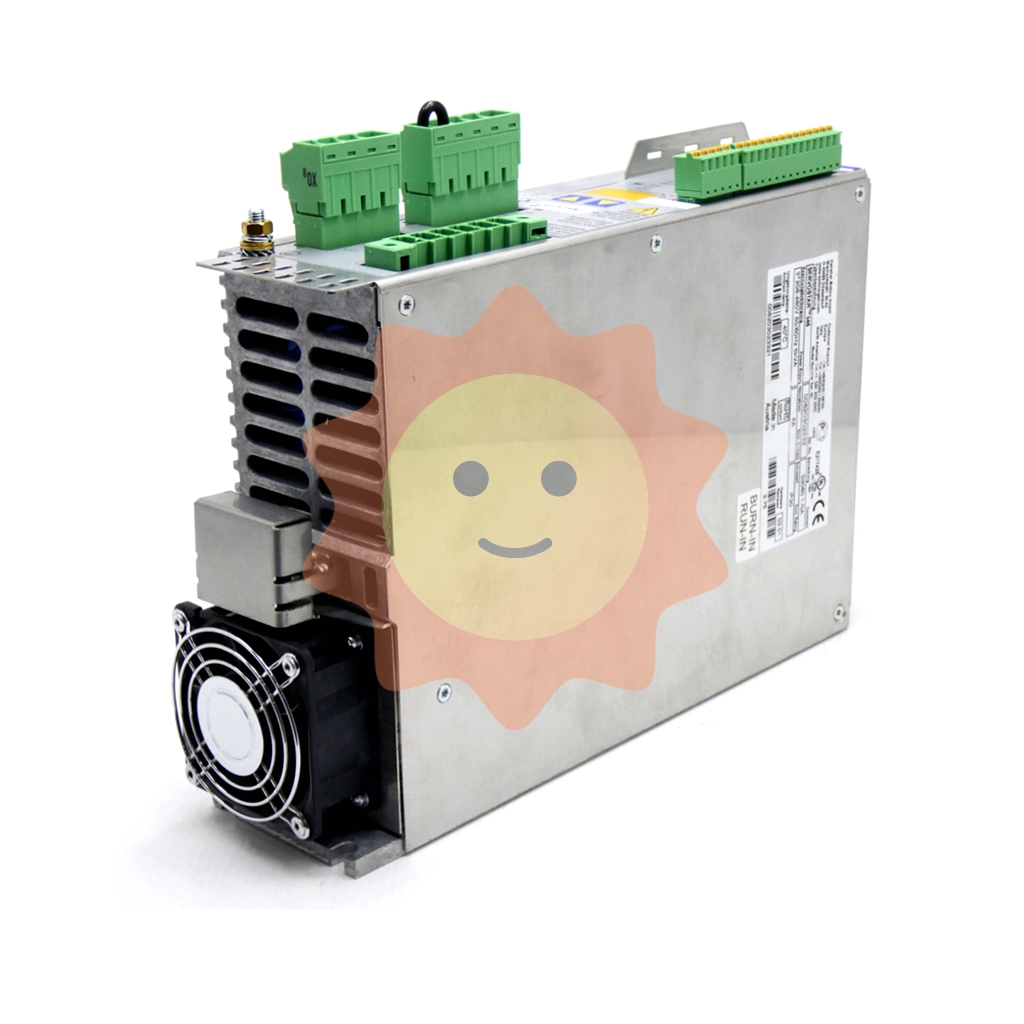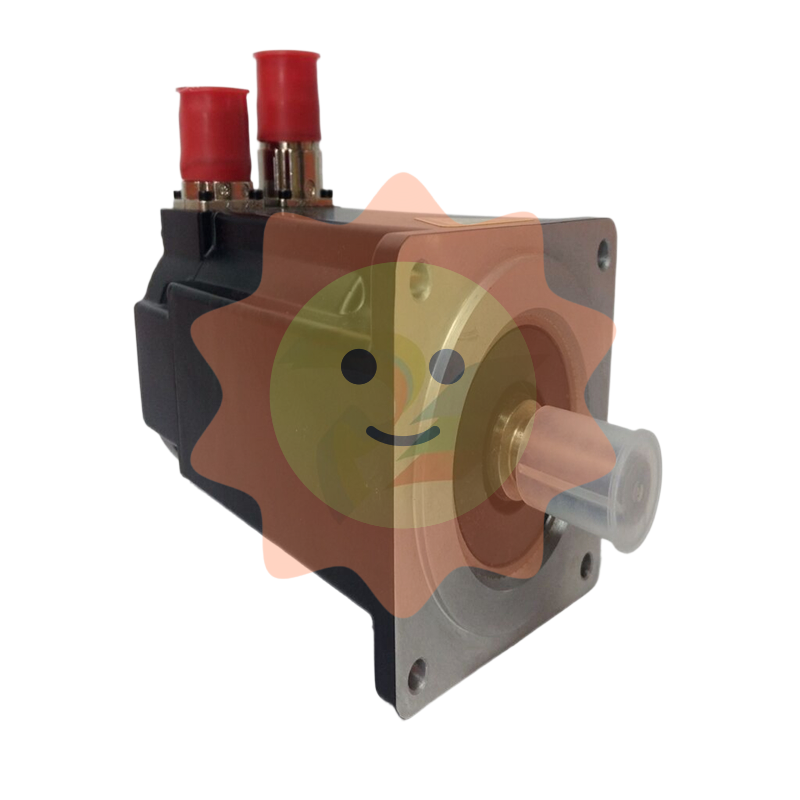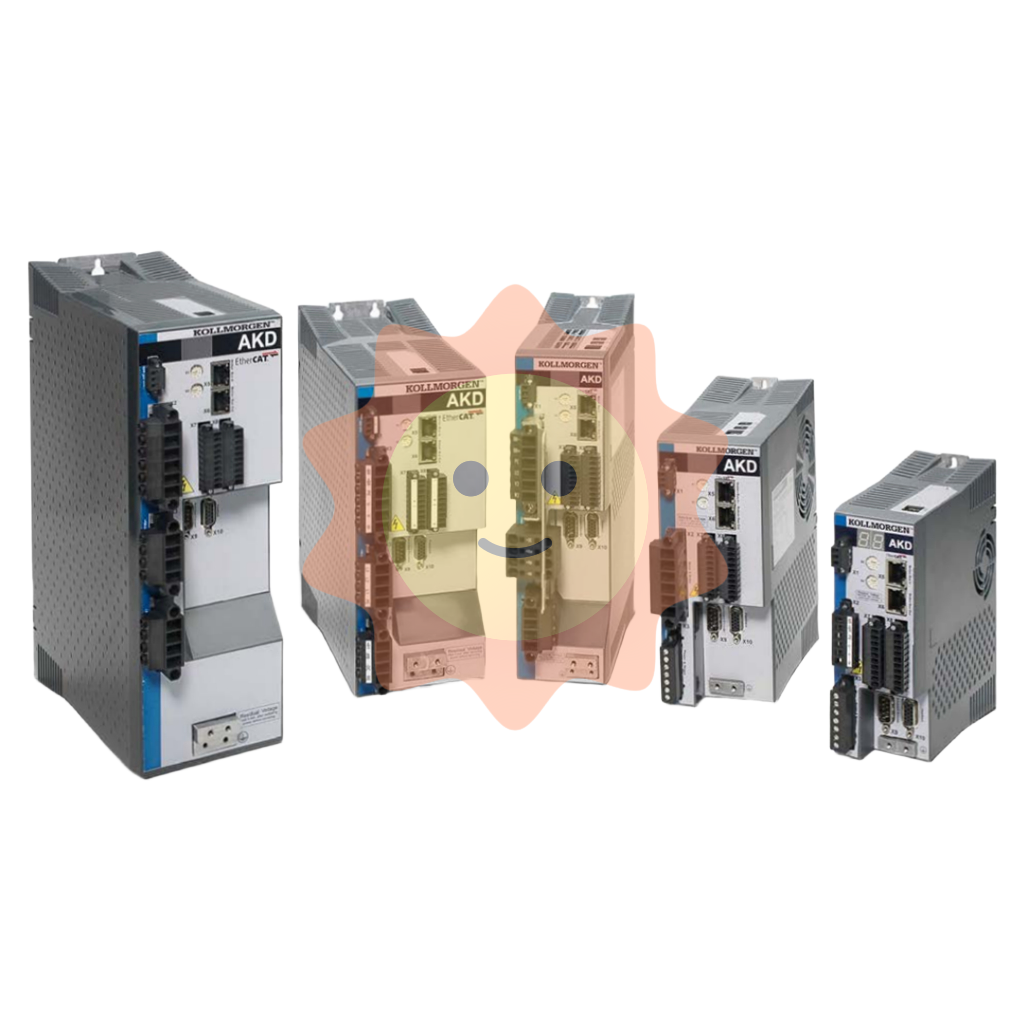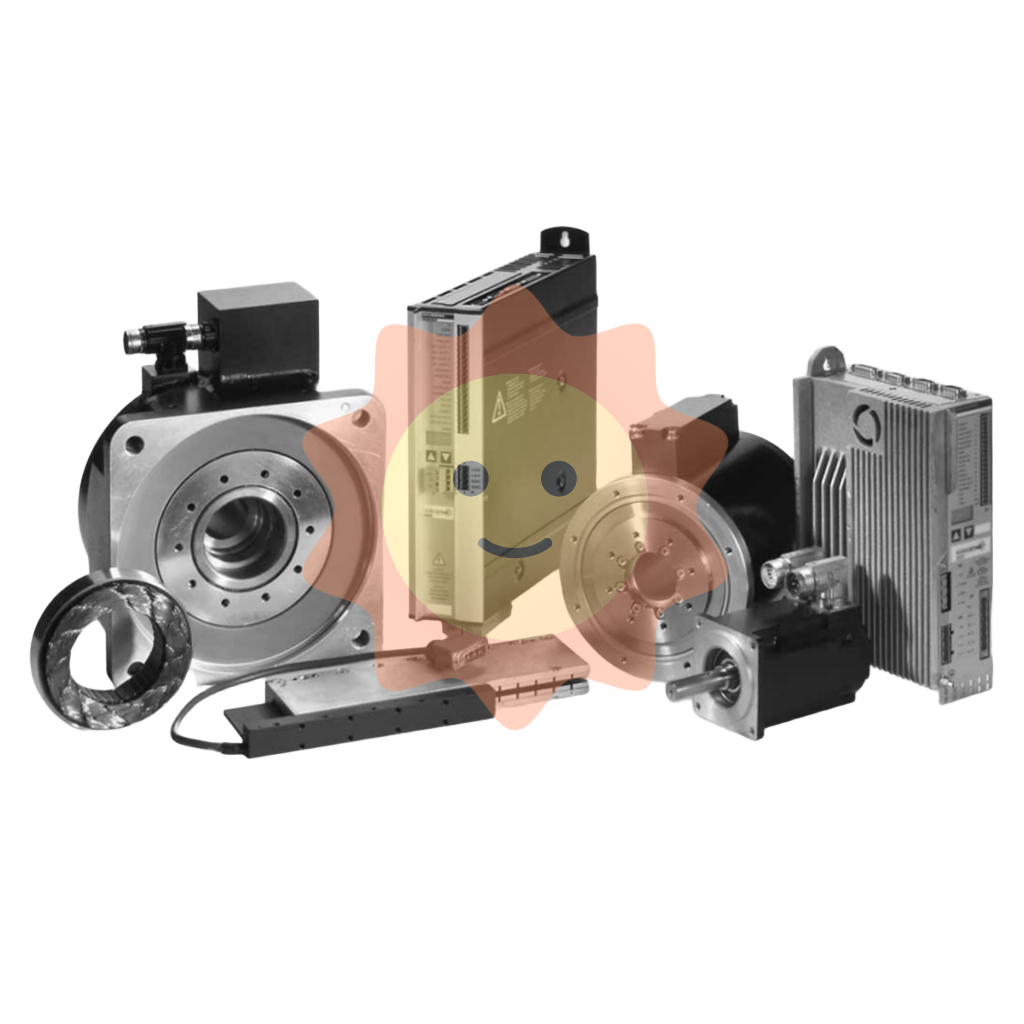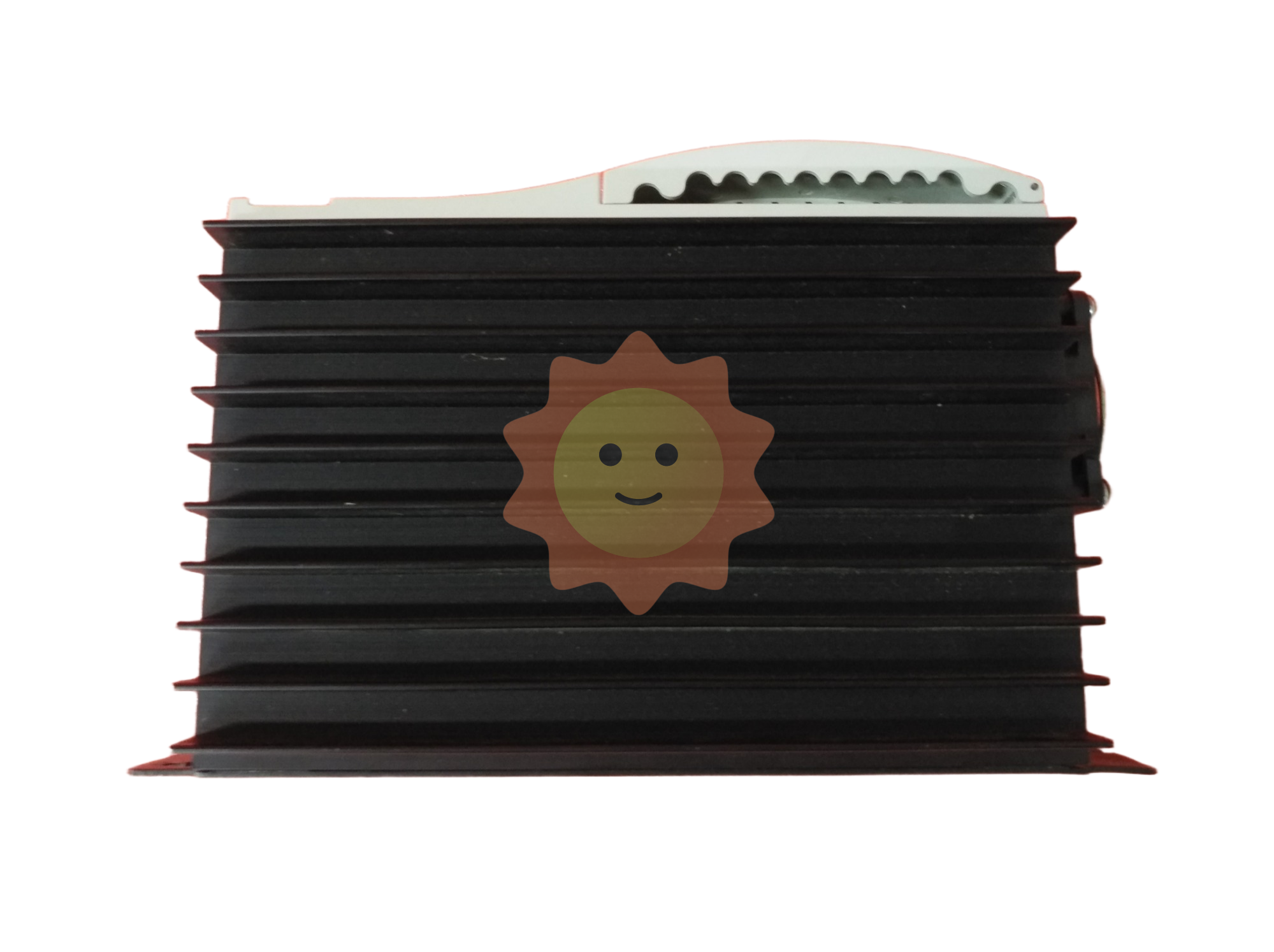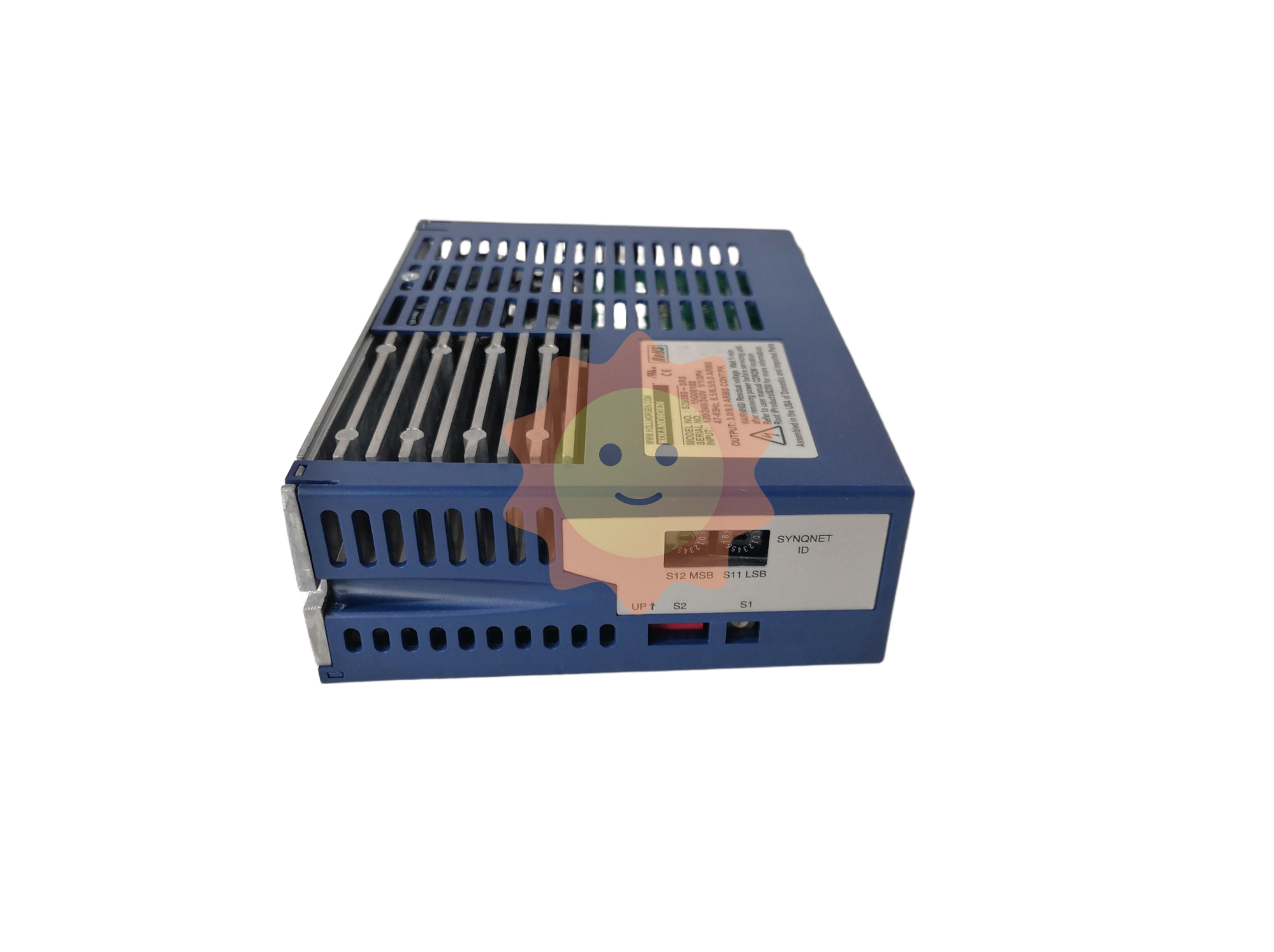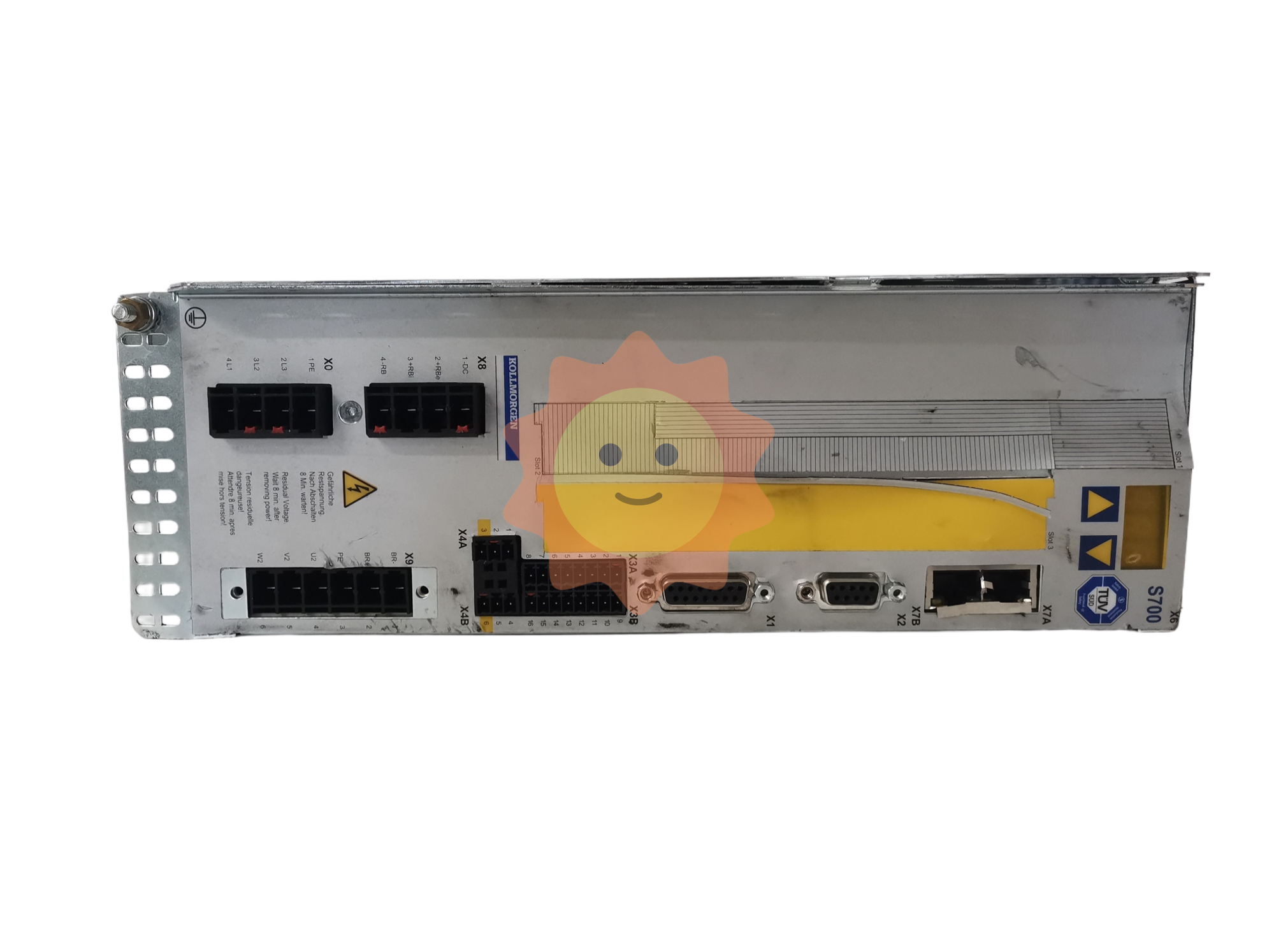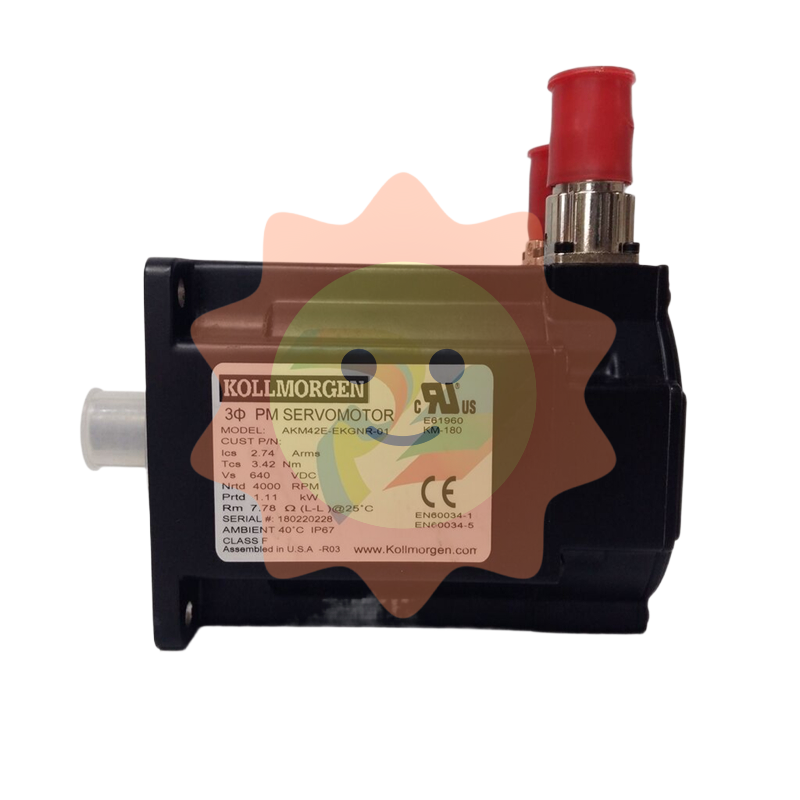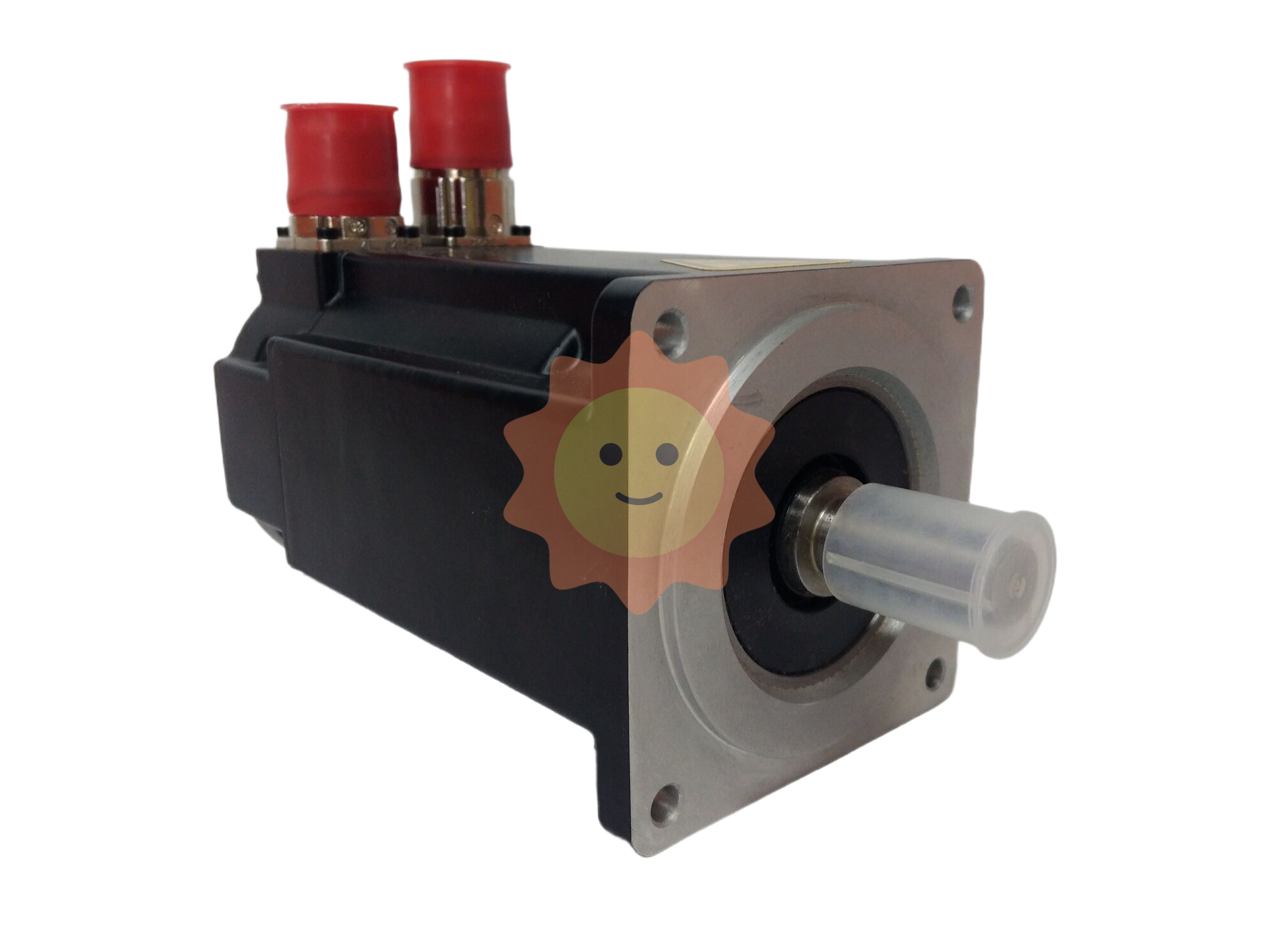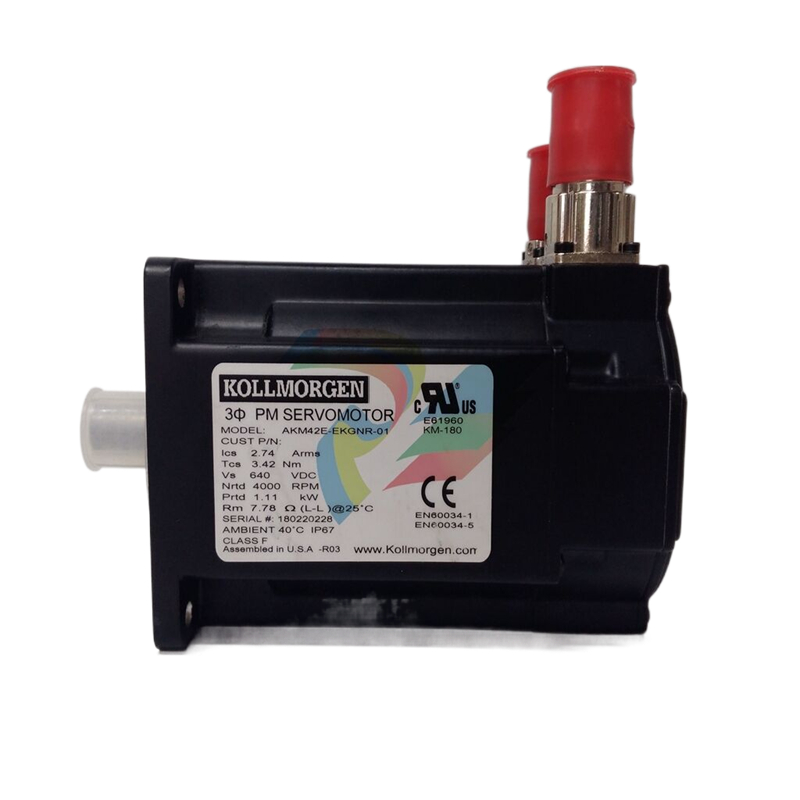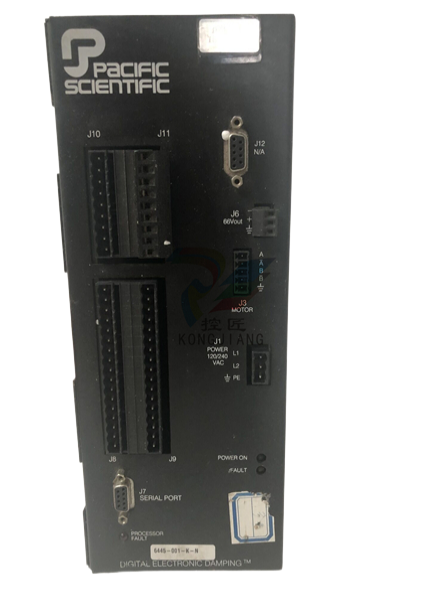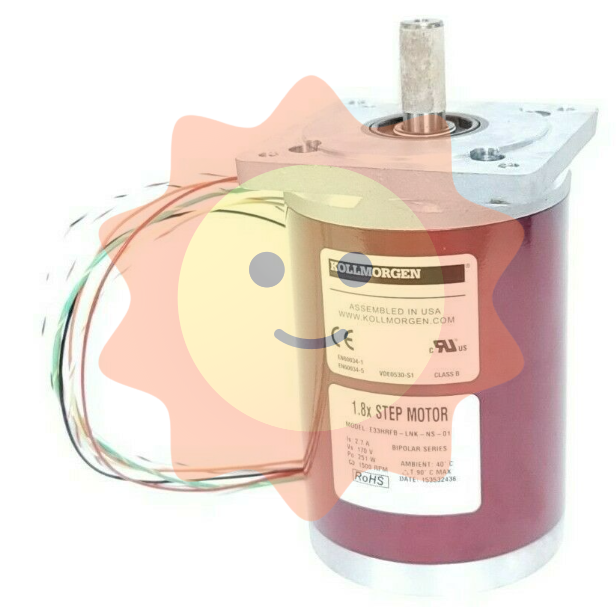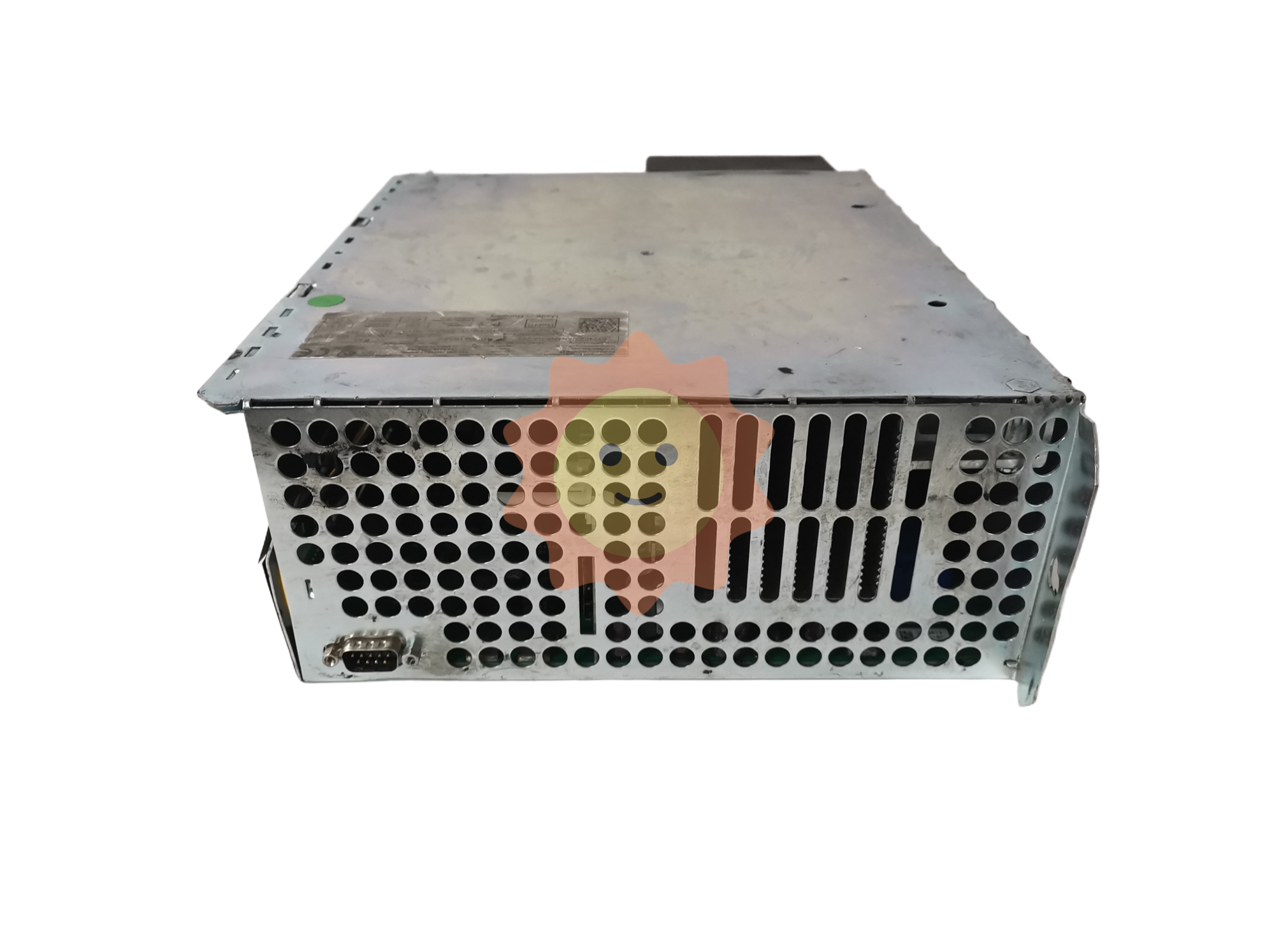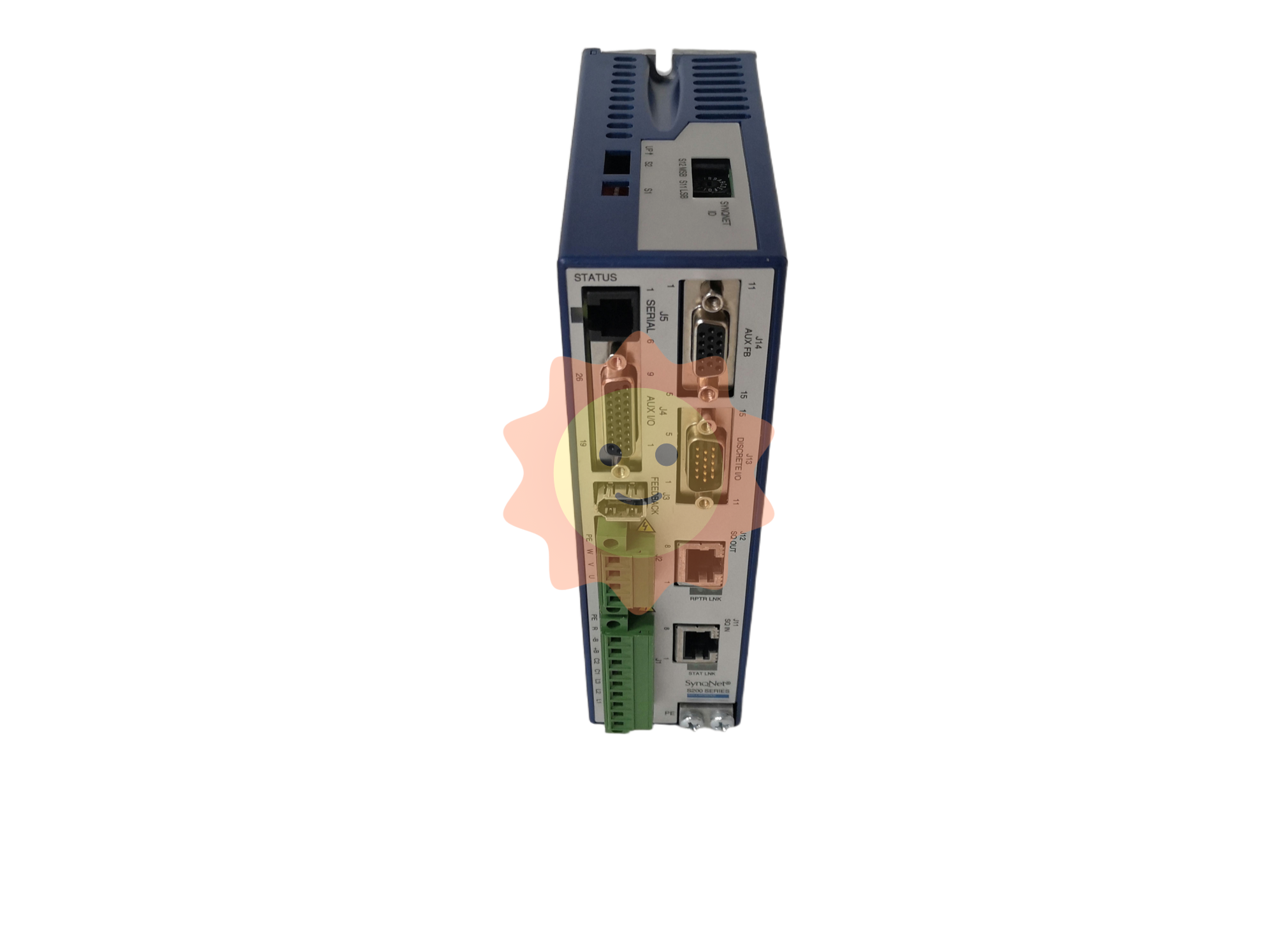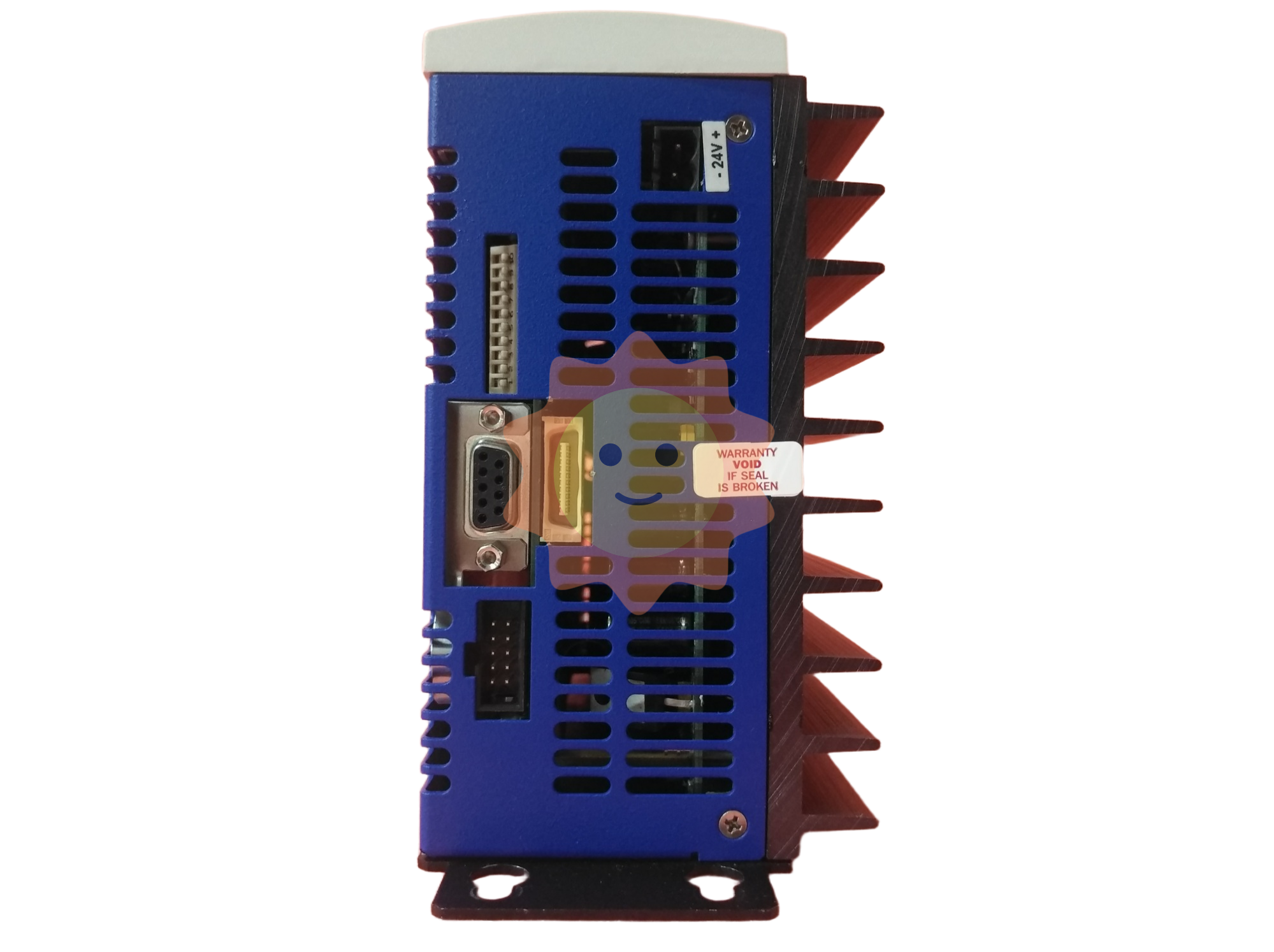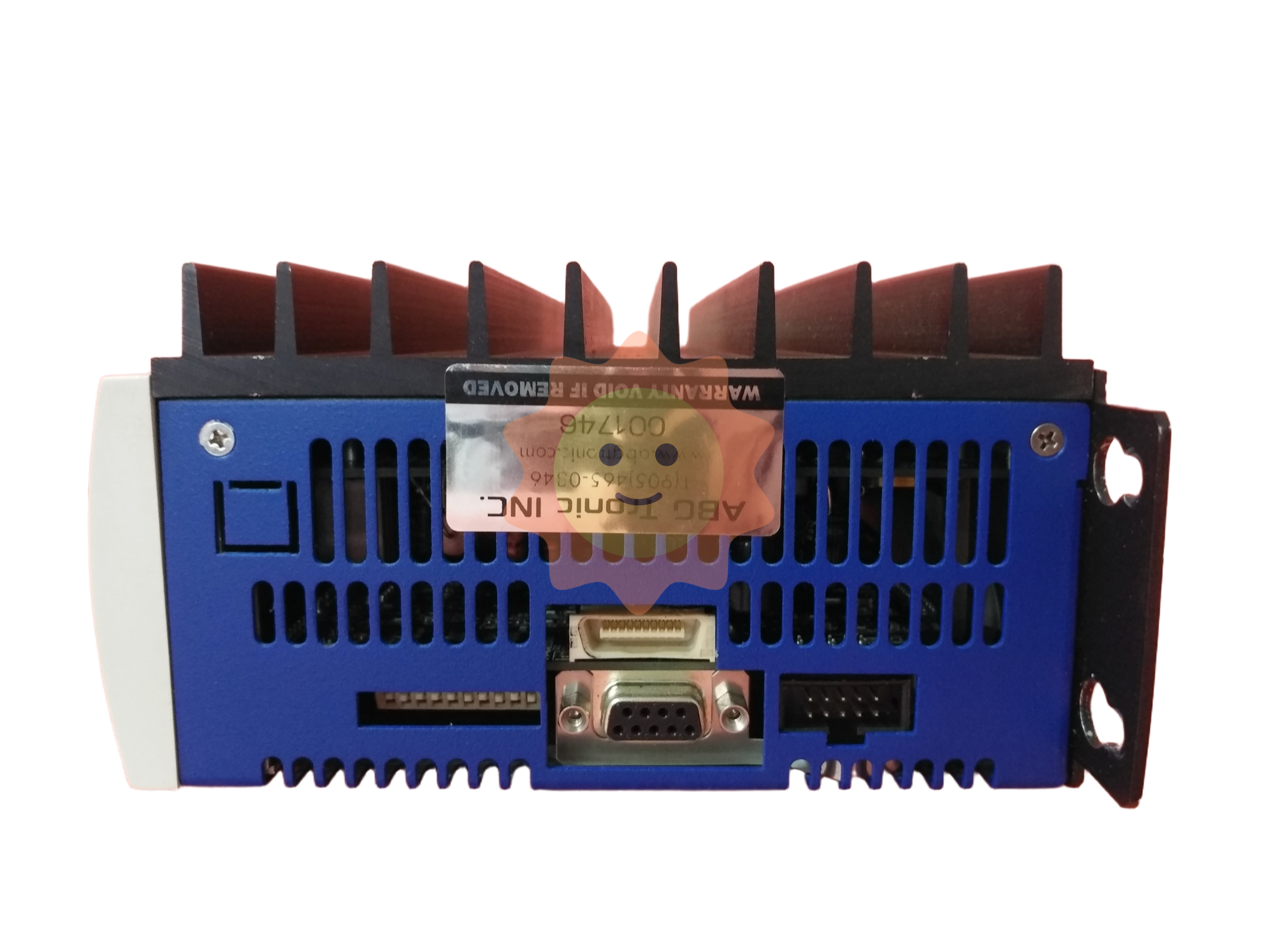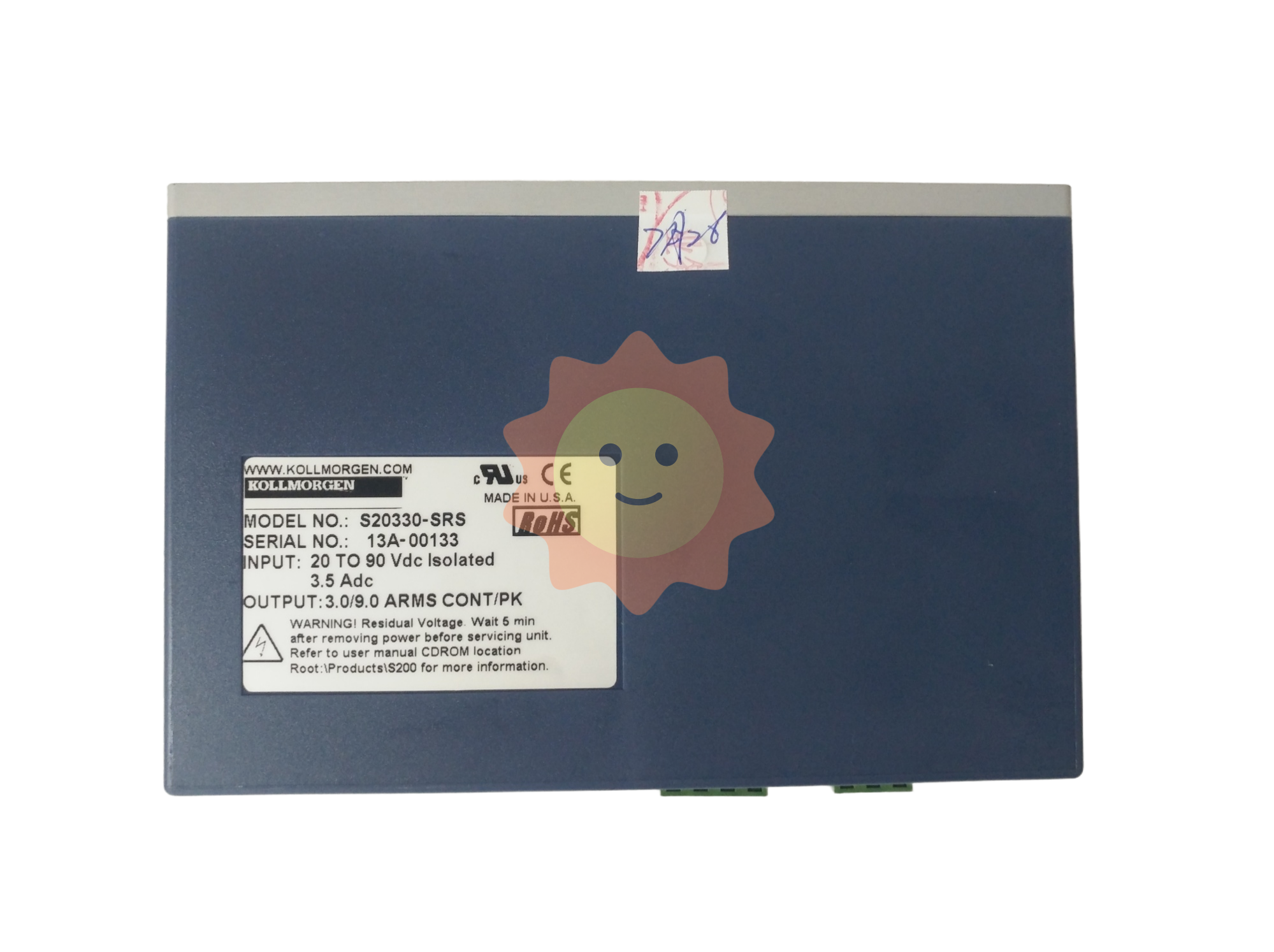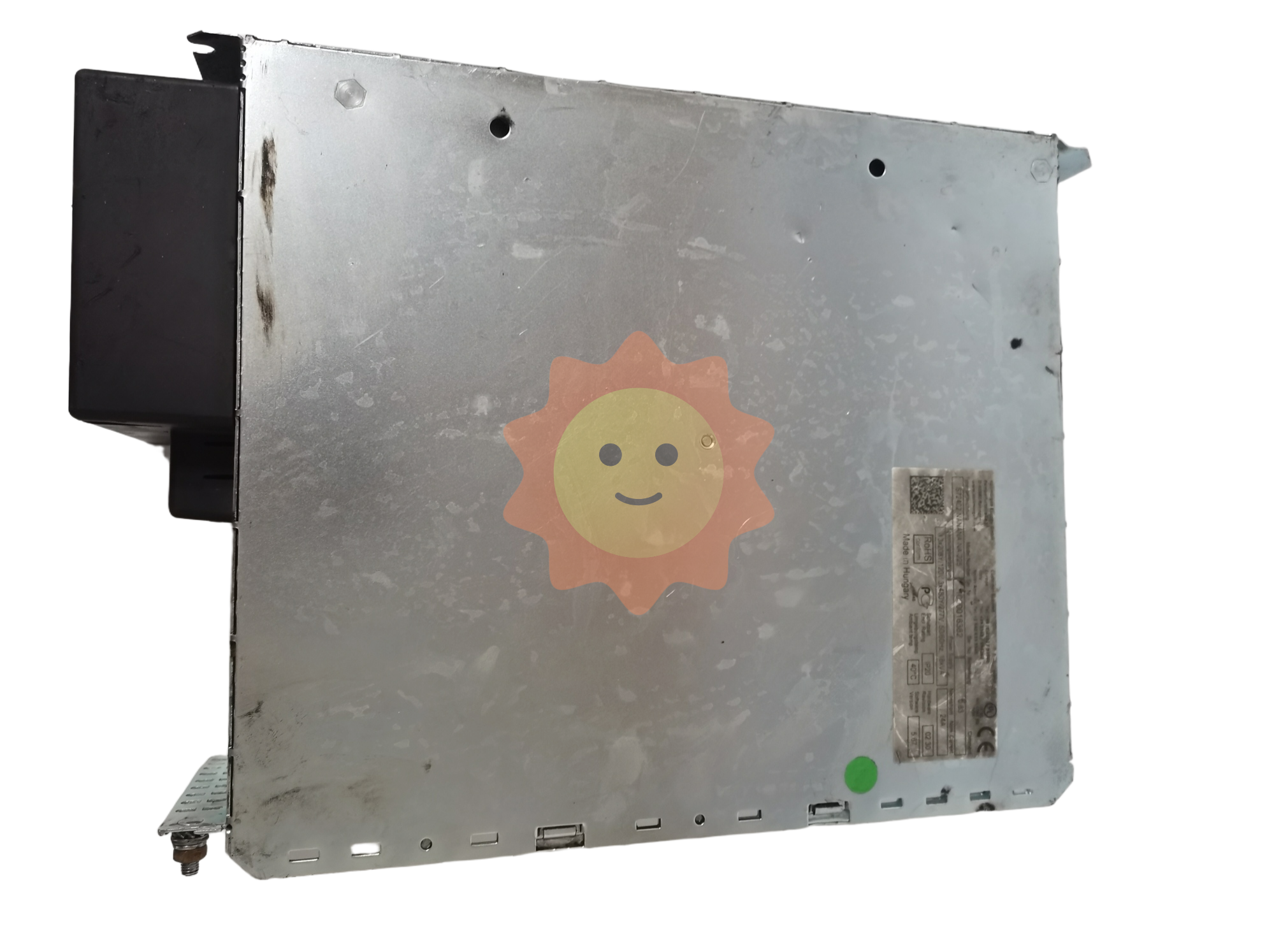What is the energy conversion in the process of power generation in thermal power plants?
1, the combustion of coal in the boiler produces a lot of heat, chemical energy into heat energy.
2, water in the boiler, resulting in high temperature and high pressure steam; Steam through the steam turbine to convert heat energy into rotating power; After the heat energy of high-pressure steam is converted into mechanical energy, condensed water vapor is formed, and the heat energy becomes mechanical energy.
3, high pressure steam to drive the rotor rotation power generation, mechanical energy into electrical energy.
Nuclear power generation is a thermal power generation using the energy released by nuclear fission or nuclear fusion reaction to produce electrical energy.
Power generation principle
The power generation process of nuclear power plants and thermal power plants is the same, which is the energy conversion process of thermal energy - mechanical energy - electric energy. Thermal power plants use coal and oil to generate electricity, while nuclear power plants use uranium fuel. Uranium is a very heavy metal, nuclear fuel made of uranium in the reactor fission and produce a lot of heat energy to heat water to produce steam, steam through the pipeline into the turbine, drive the turbine generator power generation, so that mechanical energy into electrical energy.
What is the energy conversion in the process of power generation in thermal power plants? - : The use of coal, oil, natural gas and other solid, liquid, gas fuel combustion generated by the heat, through the power generation power plant (including power plant boilers, turbines and generators and their auxiliary devices) into electrical energy. Simply put, it is the use of fuel (coal) to heat, heat water, form high temperature and high pressure superheated steam, promote the rotation of the gas turbine, drive the rotor of the generator (electromagnetic field) to rotate, the stator coil cuts the magnetic force line, and emits electrical energy, and then the booster transformer is used to rise to the system voltage, and the system is connected to the grid to transmit electrical energy.

The thermal power plant consists of three main equipment - boiler, steam turbine, turbogenerator and corresponding auxiliary equipment, which are connected by pipelines or lines to form the main production system, that is, the combustion system, the steam water system and the electrical system.
The so-called fuel is a general term for substances that burn easily in the air and can economically use their combustion heat, and must also be easy to supply, cheap, convenient storage, handling, disposal, etc. The fuel used in China's thermal power plants can be roughly divided into solid fuel, liquid fuel and gas fuel according to its use status.
Hydroelectric power - Using the potential energy of the water level difference between the upstream and downstream of the dam, the ice turbine drives the generator to generate electricity.
• Thermal power generation
Advantages: Low cost, mature technology
Disadvantages: environmental pollution, consumption of primary energy
Nuclear power generation
Advantages: No primary energy consumption,
Disadvantages: Nuclear leakage will cause nuclear radiation, the cost is higher than thermal power
Hydroelectric power generation
Advantages: green environmental protection, save primary energy
Disadvantages: water source can not be guaranteed, the cost is higher than thermal power
Lightning, thunder, and rain
Thermal power generation is a way of generating electricity by burning fuel to generate power and drive a generator to produce electricity. Power plants that generate electricity by thermal power are called thermal power plants or thermal power plants. Thermal power plants usually burn fossil fuels such as coal, oil and natural gas, bio-fuels such as wood chips and biogas, and also use domestic waste as fuel. Thermal power plants will produce a lot of harmful waste gas in power generation, if not properly treated will cause serious environmental pollution.
Modern thermal power plants mostly use steam turbines to drive generators to produce electricity. The fuel is burned in the boiler to produce high-pressure steam, which turns the turbine and turns the generator to generate electricity. The waste heat of steam turbine can be used for urban heating to improve the utilization rate of energy.
Nuclear power is the use of controlled nuclear reactions to obtain energy, resulting in power, heat and electricity. Because of the nuclear radiation problem and the human can only control nuclear fission, so nuclear energy has not been used on a large scale for the time being. The principle of using nuclear reactions to obtain energy is that when fissile material (such as uranium-235) is fission under controlled conditions, nuclear energy is released in the form of heat, which is used to drive steam engines. Steam engines can provide power directly, or they can be connected to a generator to produce electricity. Some submarines and aircraft carriers in the world's militaries (mainly the United States) are powered by nuclear energy, and nuclear energy provides 7 percent of all the energy, or 15.7 percent of all the electricity, that humans receive each year.
- EMERSON
- Honeywell
- CTI
- Rolls-Royce
- General Electric
- Woodward
- Yaskawa
- xYCOM
- Motorola
- Siemens
- Rockwell
- ABB
- B&R
- HIMA
- Construction site
- electricity
- Automobile market
- PLC
- DCS
- Motor drivers
- VSD
- Implications
- cement
- CO2
- CEM
- methane
- Artificial intelligence
- Titanic
- Solar energy
- Hydrogen fuel cell
- Hydrogen and fuel cells
- Hydrogen and oxygen fuel cells
- tyre
- Chemical fiber
- dynamo
- corpuscle
- Pulp and paper
- printing
- fossil
- FANUC
- Food and beverage
- Life science
- Sewage treatment
- Personal care
- electricity
- boats
- infrastructure
- Automobile industry
- metallurgy
- Nuclear power generation
- Geothermal power generation
- Water and wastewater
- Infrastructure construction
- Mine hazard
- steel
- papermaking
- Natural gas industry
- Infrastructure construction
- Power and energy
- Rubber and plastic
- Renewable energy
- pharmacy
- mining
- Plastic industry
- Schneider
- Kongsberg
- NI
- Wind energy
- International petroleum
- International new energy network
- gas
- WATLOW
- ProSoft
- SEW
- wind
- ADVANCED
- Reliance
- YOKOGAWA
- TRICONEX
- FOXBORO
- METSO
- MAN
- Advantest
- ADVANCED
- ALSTOM
- Control Wave
- AB
- AMAT
- STUDER
- KONGSBERG
- MOTOROLA
- DANAHER MOTION
- Bently
- Galil
- EATON
- MOLEX
- Triconex
- DEIF
- B&W
- ZYGO
- Aerotech
- DANFOSS
- KOLLMORGEN
- Beijer
- Endress+Hauser
- MOOG
- KB


Email:wang@kongjiangauto.com











